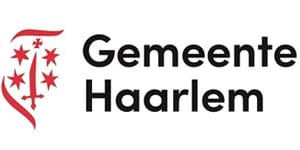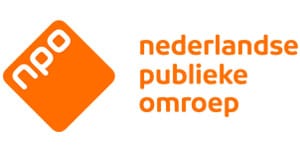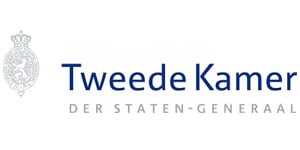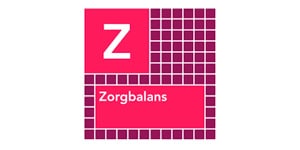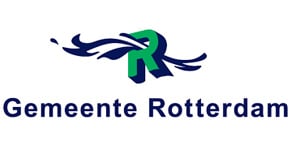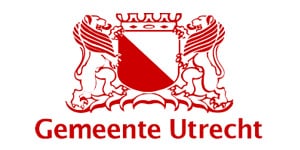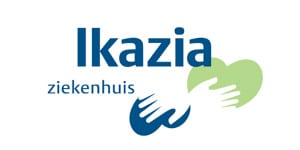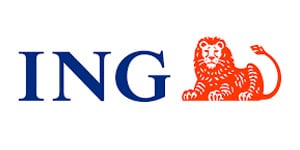Offshore GWO Cameraman
Als GWO-gecertificeerde cameraman heb ik de bevoegdheid om te filmen in de offshore-industrie. Met meer dan 10 jaar ervaring als regisseur, cameraman en drone-operator sta ik garant voor professionele en hoogwaardige beelden.
Contact
Heb je interesse in mijn diensten?
Neem dan gerust contact met mij op.
• NAME: Manuel Hazeleger
• GWO: BST – Offshore (Adaptive e-learning + practical)
• WINDA ID: IH047758NL
• OFFSHORE MEDICAL ERT G26
• VCA VOL
Manuel Hazeleger
GWO-gecertificeerd
GWO
Training
GWO offshore training
Ik heb mijn laatste GWO training eind 2024 behaald bij Relyonnutec. Een betrouwbare partner voor de offshore-industrie. In de GWO training heb ik de volgende modules behaald: Working at Heights, Fire Awareness, Manual Handling, Sea Survival en First Aid. Daarnaast beschik ik over een VCA VOL en ben ik OFFSHORE MEDICAL ERT G26 gekeurd.
GWO offshore Drone operator
Als gecertificeerde drone-operator, met een GWO-certificering, ben ik bevoegd om drone-opnames te maken in de buurt van windmolenparken. Mijn passie voor dronevliegen begon meer dan 10 jaar geleden, en ik was er vroeg bij om mezelf te certificeren. Het blijft een geweldige ervaring om de mooiste beelden vanuit de lucht vast te leggen.
Windmolen transport
Vattenfall
GWO
Cameraman
GWO offshore Cameraman
Sinds 2010 heb ik mijn carrière als 3D-tekenaar ingeruild om als regisseur de wereld rond te reizen. Dit leidde in 2014 tot een uitverkocht Tuschinski bij de première van onze eerste documentaire. De afgelopen jaren heb ik me gespecialiseerd in videomarketing voor bedrijven. Na diverse opdrachten voor een energiemaatschappij en een baggerbedrijf ontdekte ik mijn passie voor de offshore-industrie. Daarom bied ik mij nu regelmatig aan als GWO-gecertificeerd cameraman.
To obtain a Global Wind Organisation (GWO) certificate, you need to complete an accredited GWO training program. This certification is designed for professionals working in the wind energy sector, ensuring they meet industry safety standards.
Steps to Get a GWO Certificate:
Keep Your Certification Valid – GWO certificates are typically valid for 2 years. To maintain certification, you must take refresher courses before the expiration date.
Find an Accredited Training Provider – Look for GWO-certified training centers in your region. These centers offer courses that comply with GWO safety regulations.
Select the Right Course – GWO provides various safety training modules such as:
Basic Safety Training (BST)
Basic Technical Training (BTT)
Enhanced First Aid (EFA)
Advanced Rescue Training (ART)
Complete the Required Training – Attend the training sessions, which typically include both theoretical and practical exercises.
Pass the Assessment – Successfully complete all theoretical exams and practical exercises.
Receive Certification – Once you pass the course, you will receive a GWO WINDA ID, which is a digital record of your certification.
GWO training is required for individuals working in the wind energy sector, particularly those involved in offshore and onshore wind turbine operations. This includes:
- Wind turbine technicians – Responsible for the maintenance and repair of wind turbines.
- Construction and installation workers – Involved in setting up wind turbines.
- Offshore workers – Engaged in wind farm operations and maintenance at sea.
- Health and safety personnel – Ensuring compliance with safety regulations.
- Rescue teams – Handling emergency situations in wind farms.
GWO training ensures that all personnel working at height or in hazardous environments are properly trained in first aid, fire awareness, manual handling, working at heights, and sea survival.
The GWO method refers to the structured training and safety guidelines established by the Global Wind Organisation (GWO). It is designed to provide a uniform standard of safety training for individuals working in the wind energy sector.
The GWO method focuses on:
Refresher training – Workers must take refresher courses to stay updated with safety measures.
Standardized training – Ensuring workers across different wind farms follow the same safety protocols.
Practical experience – Training includes hands-on exercises such as working at heights, fire safety drills, and first aid.
Compliance with industry regulations – Ensuring safety standards align with international wind energy industry practices.
The duration depends on the type of GWO training course you choose. The Basic Safety Training (BST) course, which is the most common certification, takes approximately 4-5 days to complete.
- Basic Technical Training (BTT): 3-4 days
- Advanced Rescue Training (ART): 3-5 days
- Enhanced First Aid (EFA): 2-3 days
- Refresher Courses: 1-2 days
If you need multiple GWO certifications, the total training time can extend to 2-3 weeks.
GWO certification is an internationally recognized safety standard designed for workers in the wind energy industry. It ensures employees are equipped with essential skills to handle emergencies and work safely in hazardous environments.
The most common GWO certification is Basic Safety Training (BST), which includes:
- Working at Heights
- Manual Handling
- First Aid
- Fire Awareness
- Sea Survival (for offshore workers)
This certification is registered in the GWO WINDA database, where employers can verify a worker’s credentials.
GWO stands for Global Wind Organisation. It is a non-profit industry body established by leading wind turbine manufacturers and operators to develop and maintain safety training standards for the wind energy sector.
A full GWO Basic Safety Training (BST) course typically takes 4-5 days to complete. Individual modules take:
- Working at Heights: 1-2 days
- Manual Handling: Half-day to 1 day
- Fire Awareness: Half-day to 1 day
- First Aid: 1-2 days
- Sea Survival: 1-2 days (for offshore workers)
Refresher courses take 1-2 days and must be renewed every 2 years.
The cost of GWO training depends on the provider and location. Approximate costs:
- Full BST course: €1,000 – €2,500
- Single module: €200 – €600 per module
- Refresher courses: €500 – €1,500
Some companies cover the training costs for employees.
The GWO Basic Safety Package refers to the Basic Safety Training (BST) course, which includes:
Sea Survival (for offshore workers) – Survival techniques, life raft training, and helicopter rescue.
Working at Heights – Safe climbing techniques, fall protection, and rescue procedures.
Manual Handling – Safe lifting techniques to avoid injuries.
Fire Awareness – Fire prevention, extinguishing techniques, and evacuation procedures.
First Aid – Emergency response, CPR, and injury treatment.
GWO offshore refers to safety training specifically for offshore wind industry workers. Offshore workers require additional training in sea survival due to harsh marine environments.
An offshore survival certificate verifies that a worker has completed survival training for offshore environments, including:
- Sea survival techniques
- Helicopter underwater escape training (HUET)
- First aid
- Firefighting
GWO’s Basic Safety Training (BST) Sea Survival module is a common offshore survival certificate.
Wind turbine training, including GWO Basic Safety and Technical Training (BTT), costs between €2,000 and €5,000, depending on the provider.
STCW 95 and STCW 10 are international maritime training standards. STCW 10 is an updated version of STCW 95, with enhanced safety regulations.
GWO SEA survival training is part of GWO Basic Safety Training (BST) for offshore wind workers. It covers:
Helicopter rescue drills
Water survival skills
Lifeboat and life raft procedures
Onshore winds blow from the sea onto land, affecting wind farm efficiency.Offshore winds are stronger and more consistent, making offshore wind farms more productive.









